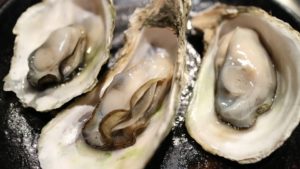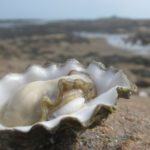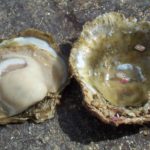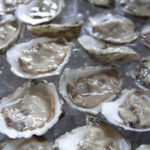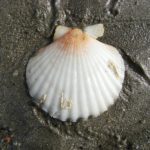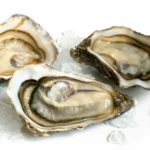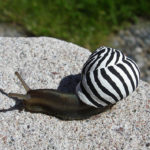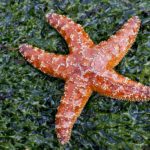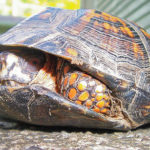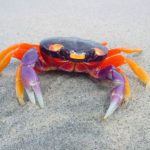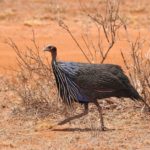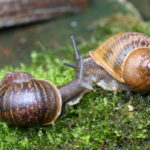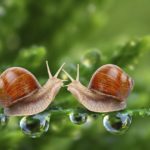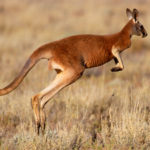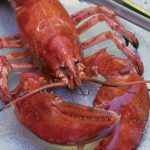Facts about oysters
 Some kinds of oysters are used in cooking and are a delicacy.
Some kinds of oysters are used in cooking and are a delicacy.- Pearl oysters are not used for food, of which a pearl is collected.
- Most oysters form pearls, but only pearls covered with a layer of mother-of-pearl have commercial value (such pearls are formed only by bivalves and gastropods).
- Mother-of-pearl mother-of-pearl is used for making buttons, inlays, etc.
- The English word “oyster” (“oyster”) first appeared in the 14th century.
- A giant oyster can reach a length of 38 cm.
- In adult oysters, there is no leg, but young ones do.
- Under favorable conditions, one oyster can save up to 500 million eggs per season.
- In the world there are about 50 kinds of oysters.
- Oysters live in sea salt water (minimum salinity, at which they can exist – 12 ‰).
- The level of salinity of water affects the growth rate of oysters and taste (the best ones are oysters collected at salinity from 20 to 30 ‰).
- At a salinity of 33-35 ‰, oysters grow well, but their meat becomes stiff (the ancient Romans knew about this and therefore kept oysters collected in the sea in small freshened ponds).
- Many species have the ability to survive long draining, since during strong outflows, oysters are on land.
